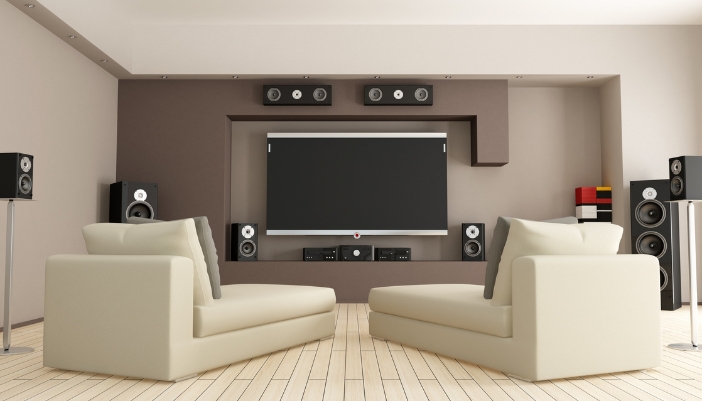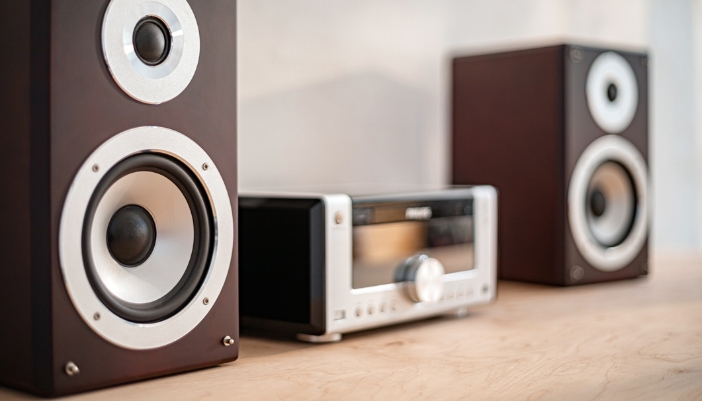Building the perfect home audio system can feel like learning a foreign language. Between terms like watts, ohms, and impedance, it’s no wonder people scratch their heads at “receiver” and “amplifier.” Aren’t they the same thing? Not exactly! While they often work together, receivers and amplifiers serve different purposes. Think of them as teammates—each has a distinct role in delivering the sound experience you crave.
Ready to learn more? Our experts at Russell’s Appliance & Electronics break it down so you can decide what you need to make your audio setup sing.
Amplifiers: The Muscle Behind the Music
An amplifier is the power source of your audio system. Its primary job is to take a weak audio signal—like the one from your streaming device or turntable—and crank it up so your speakers can blast it. Without an amplifier, your sound system would struggle to reach more than a whisper.
- What It Does: Boosts the audio signal so speakers can produce sound at higher volumes.
- When You Need It: If your speakers sound underwhelming or you have larger, power-hungry models, an amplifier can make all the difference. Audiophiles often go for standalone amplifiers for total control over sound quality.
- Key Takeaway: Amplifiers = raw power. If you want clarity and volume, they’re your best friend.
Receivers: The Brainy Multitasker
While amplifiers are the muscle, receivers are the brains of the operation. A receiver manages all your audio and video sources—your TV, Blu-ray player, game console, and more—and sends the right signals to your speakers or display. Many receivers also include built-in amplifiers, making them a one-stop shop for smaller setups.
- What It Does: Connects and organizes audio/video sources then sends signals to speakers and displays. It also provides features like surround sound processing, wireless connectivity, and video upscaling.
- When You Need It: If you’re working with multiple devices or building a home theater, a receiver is essential. It simplifies setup and ensures everything communicates seamlessly.
- Key Takeaway: Receivers = control center. They bring order to chaos and let you control your entire system from one device.

So, Do You Need a Receiver, an Amplifier, or Both?
Now that you know the difference, let’s figure out which one suits your needs.
- For Small Setups: If you’re working with bookshelf speakers or a basic soundbar, a receiver with a built-in amplifier is often sufficient. These all-in-one options are cost-effective and user-friendly.
- For High-Performance Systems: Got big speakers in a large room? Adding a dedicated amplifier to your setup ensures enough power for those booming bass lines and crystal-clear highs. Audiophiles swear by this combo for the ultimate listening experience.
- For Surround Sound: Home theaters with multiple speakers (5.1, 7.1, or more) benefit from a receiver’s ability to distribute sound evenly and create an immersive experience. Pairing the receiver with a standalone amplifier may be necessary if your speakers demand extra power.
Still Unsure?
A great rule of thumb: If your setup is simple, start with a receiver. You can always add an amplifier later if you upgrade your speakers or want more power.

Teamwork Makes the Sound Work
Receivers and amplifiers aren’t rivals—they’re a dynamic duo that brings your audio system to life. Whether you need one or both depends on your space, gear, and how you like to listen. By understanding their roles, you’re well on your way to a system that rocks your world.
Still not sure which is right for your setup? Let Russell’s Appliance & Electronics guide you! Our team specializes in creating personalized audio solutions that fit your lifestyle and space. Reach out today—we’re here to make your sound system the star of your home!
